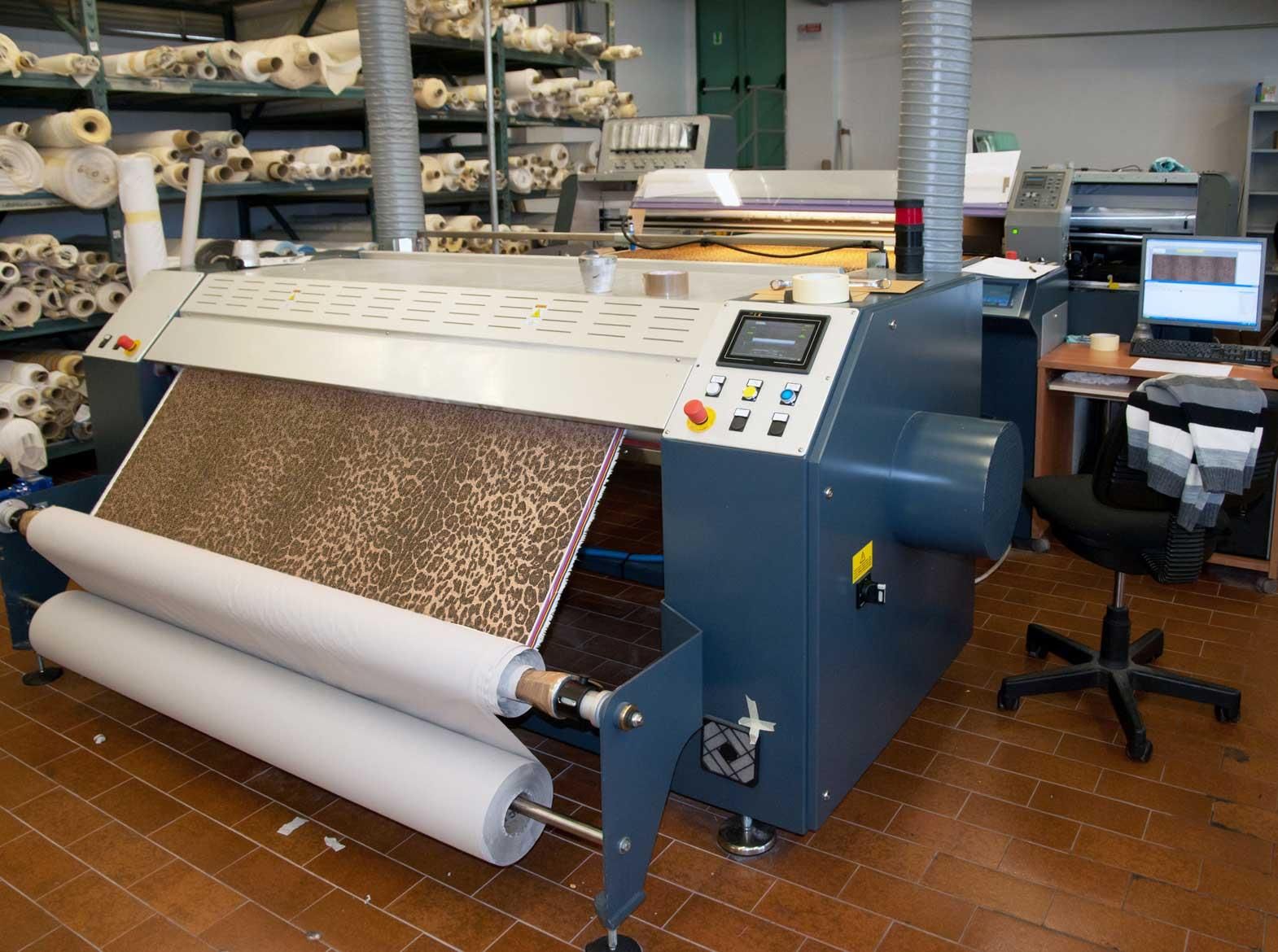Digitaltextile printing is all set to grow exponentially in the coming years driven byincreasing penetration of this sector among Asian fabric printers, especiallyin textiles manufacturing hubs such as China, India and other Asian nations. A
Textiles printing is not a newthing in the textiles industry; this process has existed for centuries and haswitnessed a long transformation over centuries. Textiles printing is done withfive major methods: block printing, roller printing, screen printing, heattransfer printing, and ink-jet or digital printing.
Block printing, which is alsoreferred to as relief printing, is the oldest method of fabric printing. This methodinvolves printing on to the fabric by the dye being pressed from a carvedobject, historically wood, copper but also rubber and now many other materials.Textiles printing substantially evolved during the 18th century withthe invention of roller or cylinder printing capable of printing with highspeed and quality compared to block printing using series of rollers, each ofwhich engraved with the design and capable of even print six colours at a time.
Early 20th century laid thefoundation for the modern textiles printing process with the introduction ofthe screen printing and rotary multicoloured screen printing during themid-20th century. Commercialisation of the digital textile printing at thebeginning of the 21st century completely revolutionised the textilesprinting process.
Since its introduction, thistechnology has attracted attention of the industry from across the world andhas captured almost 2 per cent of the market share of the 30 billion sq mfabrics printing industry from virtually nil in the past one decade. It isestimated that digitally printed fabrics output is expected to cross 1 billionsq m by 2017 and 2.5 billion sq m by 2020 growing at a CAGR of 28 per centbetween 2015 and 2020. Asia-Pacific, which leads the global fabrics printingindustry with nearly 65 per cent of the market share, represents nearly 25 percent of the market in the digital textiles printing industry dominated byEurope which accounted for almost half the global output in 2015.
Soft signage applications dominated the global digital textile printing market and accounted for 44 per cent of the market share in 2015 followed by textiles and clothing, home textiles and other (industrial) applications with a respective market share of 41 per cent, 9 per cent and 6 per cent in the same year. Demand for digitally printed apparels and clothing products is expected to cross 1.0 billion sq m by 2020 growing at nearly 30 per cent between 2015 and 2020.
Digital textile printing has witnessed significant growth in the recent past and the trend is expected to continue in the future too. The major factors driving the growth of this sector are:
*Significantly lower time to market as compared to traditional printing methods,
*High design flexibility,
*Reduced inventory obsolesces,
*Allowing small, very high-quality production cycles � ideal for high fashion work,
*Lower cost of production
Digital textile printing significantly reduces the time to market from 6-8 weeks by traditional printing processes against 3-10 days by helping textiles printers to eliminate the unnecessary steps and reduce the time in order to stay competitive in the fast changing fashion cycle which has also reduced the average run lengths across all the regions.
Digital textile printing is also a more environment friendly process consuming less power and water and leaving minimal industrial waste and carbon dioxide emission as compared to the traditional printing process, which makes it an ideal choice for the replacement of the traditional printing process taking into consideration its environmental impacts.
To sum up, digital textile printing is all set to grow exponentially in the coming years driven by increasing penetration of this sector among Asian fabric printers, especially in textiles manufacturing hubs such as China, India and other Asian nations.
Pigment inks which currently represents about two per cent of the overall market is expected to witness the highest growth among all major inks due to its unique ability to print a wide range of fabrics with high quality printing. In terms of applications, textiles and clothing is expected to witness the highest growth between 2015 and 2020. Growth in this segment is driven by fast-changing fashion trends, reducing overall run lengths and increasing competition among fabric printers. These all factors coupled with improving global financial condition is expected to offer huge growth potential for digital textile printing in the near future.

20240830145908.gif)







Comments